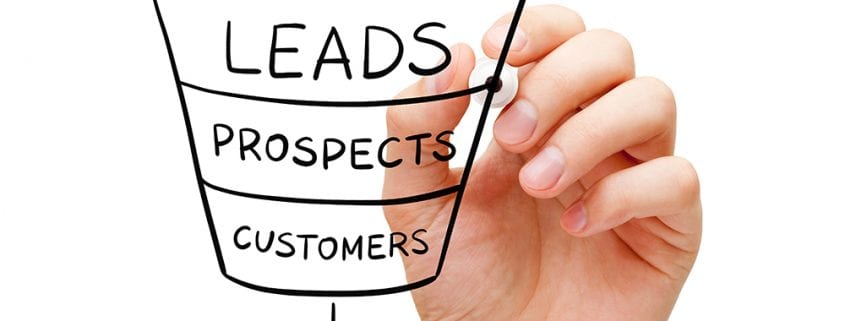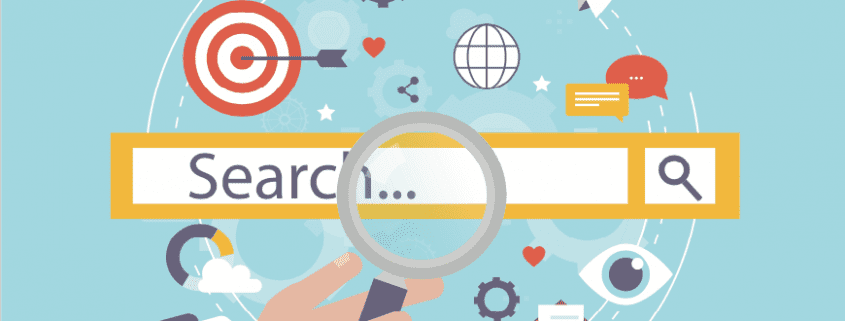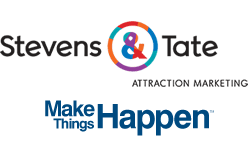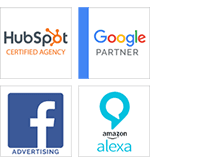
Effective Marketing Strategies for a Changing Economy
The economy is changing. We are in the midst of new frontiers in so many areas without effective marketing strategies in place. The way people shop, engage with brands and enjoy their time is markedly different than it was 15 years ago. Brands that don’t change, and use new marketing strategies are likely to falter and fail. The changing economy is the reason why 68 Macy’s stores are closing their doors, and The Limited is shuttering its doors. The evolution of the economy is forcing the scaling back of Sears and Kmart, and even luxury food retailer Whole Foods.
In this ever-changing World, stores, and companies that fail to adapt, also cease to exist. It seems the Borders and Blockbuster Videos just didn’t anticipate the climate was evolving. Think about this, the largest transportation provider in the United States doesn’t own a single car. Uber has shifted thoughts and succeeded. The newest largest hotel company in the World doesn’t own a single hotel. Airbnb has made it more convenient to book a stay. And lastly, Amazon just passed Wal-Mart as the nation’s biggest retailer, but they don’t own a single retail store.
Here are four effective marketing strategies to making your company bulletproof:
1) CEO has to be willing to change.
Modify the culture, the approach and forecast the possibilities. Employees then must relish in the change and execute. This thought can’t be on one person. It takes an army to change. When is the last time you stepped outside of your world and looked down at it? Employing marketing strategies for a changing economy can do just that.
2) Follow Trends.
Staying current on technology could give you an edge of coming up with something revolutionary. Your company just needs to be open for the opportunity when it becomes available. I guess, recognizing the shift when its in front of you, is equally important as implementing it. The strategies that worked two decades ago, simply don’t work now. The economy changed, and thus marketing strategies must change, too.
3) Emulate Shark Tank.
Strange one right? Individuals are always coming up with new ways to market or solve an issue. Your culture needs to be just that. Foster the growth of your employees by listening and having a forum for ideas like Shark Tank. Ideas can come from anyone, and today this needs to be embraced more than ever. Be ready to invest when the right opportunity presents itself. The execution comes later. Crowdsourcing has become a major marketing strategy in the changing economy because it works.
4) Never be complacent.
Once you stop pushing forward, your competition has the advantage. The drive will certainly win out in the long run. Did you know 72% of bosses would rather have passion over education or knowledge? Passion has more ability to make money. The problem-solving skills increase as intensity increases. Some individuals may call it enthusiasm. Our job market today has many dissatisfied individuals that don’t feel they are contributing to making a difference. Their interest seems to be low. Don’t believe me? Here are some facts that give you the state of employment.
- 88% of employees don’t have passion for their work
- 80% of senior managers are not passionate about their work
- Employees working in government reported the lowest rate of engagement
- 86% of businesses and HR leaders believe they don’t have a good leadership development path
- 79% feel they have a significant retention and engagement problem
- 75% are struggling to attract and recruit the top people they need
- 83% feel they don’t have a compelling and engaging brand
- Only 6% believe their current process for managing performance is worth the time
- 2/3 of today’s employees feel overwhelmed
Giving access to the decision makers for your staff could truly change these stats by leaps and bounds. But typically, our model in America is to push leadership down. Today, it should be reversed. Can you imagine Netflix today, if they didn’t think of ways to deliver movies without a disc? What if the Nest had a bunch of guys that only believed that the thermostat was and always will be the same tool for turning on your air conditioning and heat? What if Dyson didn’t believe a vacuum could suck dirt up any better? And if Peapod believed everyone would get their groceries? I am a believer that everything can keep getting better. It does not matter what you sell or how you sell it; it can be improved upon. Be in a position to win, be in a position to be open and throw out your old thought process of “that’s how it’s always been.” This is the reason agencies and marketing firms exist. They should help propel you to new thoughts, and serve as a vehicle to get those thoughts out into the world.
Make yourself bulletproof and take on the change. Rework your marketing strategies to include new and innovative ideas. You’d be surprised just how much a different approach can surpass the field of fierce competition, and help you shine, even in a changing economy.













 The following is a more thorough breakdown of demand generation vs. lead generation:
The following is a more thorough breakdown of demand generation vs. lead generation:







